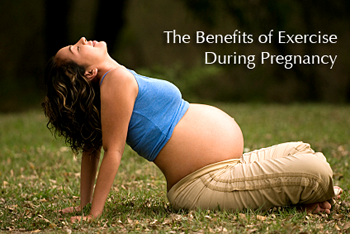
In the past it was commonly suggested that while during pregnancy, women should just rest for the protection of themselves and their babies. There was even a set of guidelines published in 1985 by the American Congress of Obstetricians, which stated that pregnant women should keep strenuous activity to fifteen minutes or less.
Since then there has been a dramatic change in how doctors and scientists perceive exercise during pregnancy. Exercise is now thought to be great for the mother and the unborn child. Researchers are also now starting to look even more closely at how exercise can influence a baby’s health in the womb and how these effects might translate into protection from future health problems.”
One reason why women should exercise during pregnancy is due to hearth health. In 2010, a woman by the name of Linda May along with some of her colleagues gathered a group of 26 pregnant women. These women reported that they had been consistently exercising for three times a week for 30 minutes each. When the women reached 36 weeks they brought them into the lab and studied their and their babies’ heart rates. They noticed that compared to moms who were not regular exercises, these moms and their babies has lower heart rates.
The benefits of exercising while pregnant also last into a child’s life after birth. May and her colleagues also discovered “higher heart rate variability if they had exercised along with their moms in utero(Walker).” These benefits can lead into healthier childhood years, in which they have more efficiently pumping hearts.
May suggests that a mix of aerobics and strength training during pregnancy is a good plan to keep yourself and your baby healthy during pregnancy.
Walker, Cameron. “Exercise During Pregnancy Benefits Mom—And Baby, Too.” Discovery Magazine: n. pag. Web. 22 Oct. 2014. <http://blogs.discovermagazine.com/crux/2014/05/08/exercise-during-pregnancy-benefits-mom-and-baby-too/#.VEpH2VXF_1U>.





